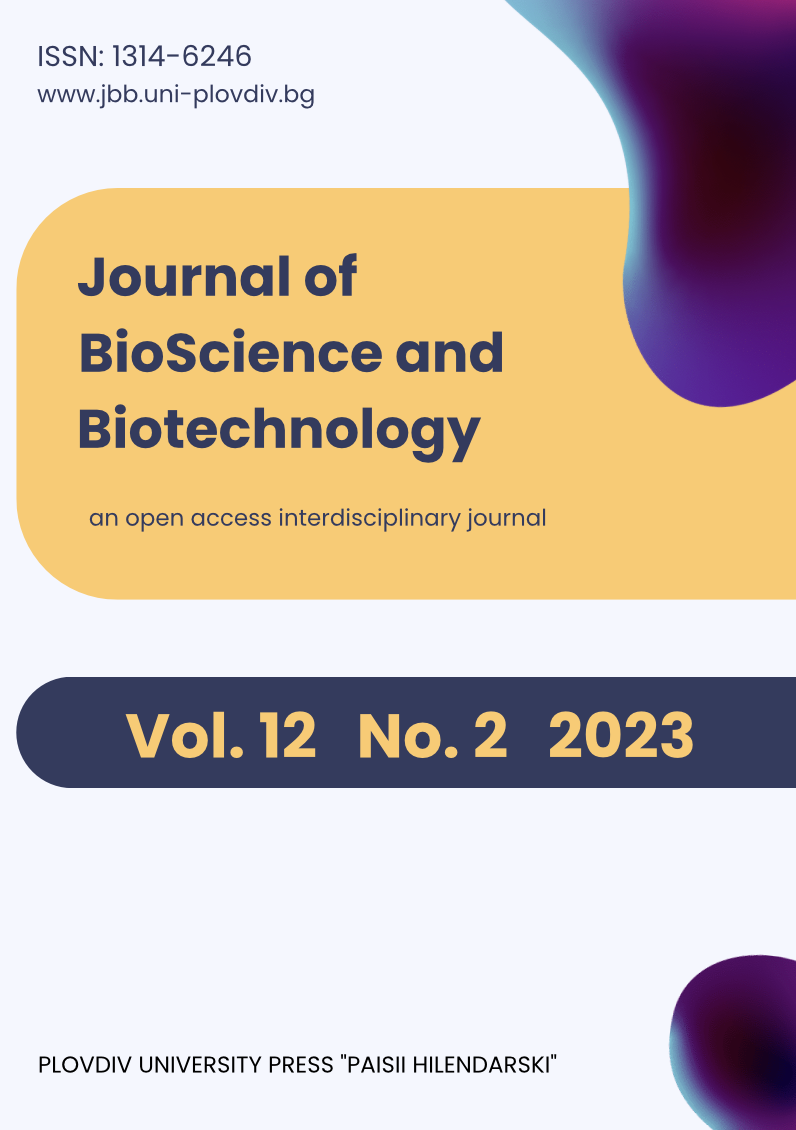Genetically engineered insulin mediated by glucose transporter-2 (GLUT2) promoter for the biosynthesis of insulin in rat hepatocytes
Keywords:
Gene therapy, GLUT2 promoter, hepatocytes, insulin, mutation, preproinsulin, transfection, vectorAbstract
The expression of insulin in hepatocytes by hepatic gene therapy is a promising treatment for diabetes. The conversion of immature proinsulin to mature insulin occurs only in cells that contain the enzymes responsible for the cleavage of proinsulin to insulin. For successful hepatic insulin gene therapy, insulin production must be tightly coupled to glucose concentration. Hepatocytes are excellent target cells for insulin gene therapy since, they are similar to pancreatic beta cells, they have the ability to rapidly adapt to blood glucose concentrations as they possess glucose-sensing components, such as Glucose Transporter-2 (GLUT2). So, we engineered rat proinsulin with the sites of cleavage (Furin Cleavable Sites) using site-directed mutagenesis for the removal of C-peptide to form the two chains A and B for mature insulin production. This engineered proinsulin was constructed into a non-viral expressing vector and regulated by glucose transporter-2 promoter (GLUT2 promoter) to control the amount of mature insulin expressed and to modulate the amount of glucose found in hepatocytes. The mature, active, and regulated expressed insulin was secreted according to the amount of glucose-regulated by the glucose transporter-2 (GLUT2) promoter.
Downloads
Published
How to Cite
Issue
Section
License
Copyright (c) 2023 Gehad Elsayed

This work is licensed under a Creative Commons Attribution-NonCommercial-NoDerivatives 3.0 Unported License.
Authors of articles published in Journal of BioScience and Biotechnology retain the copyright of their articles. The journal/publisher is not responsible for subsequent uses of the work. It is the author's responsibility to bring an infringement action if so desired by the author.
- copyright, and other proprietary rights relating to the article, such as patent rights;
- the right to use the substance of the article in future own works, including lectures and books;
- the right to reproduce the article for own purposes, provided the copies are not offered for sale;
- the right to self-archive the article.


